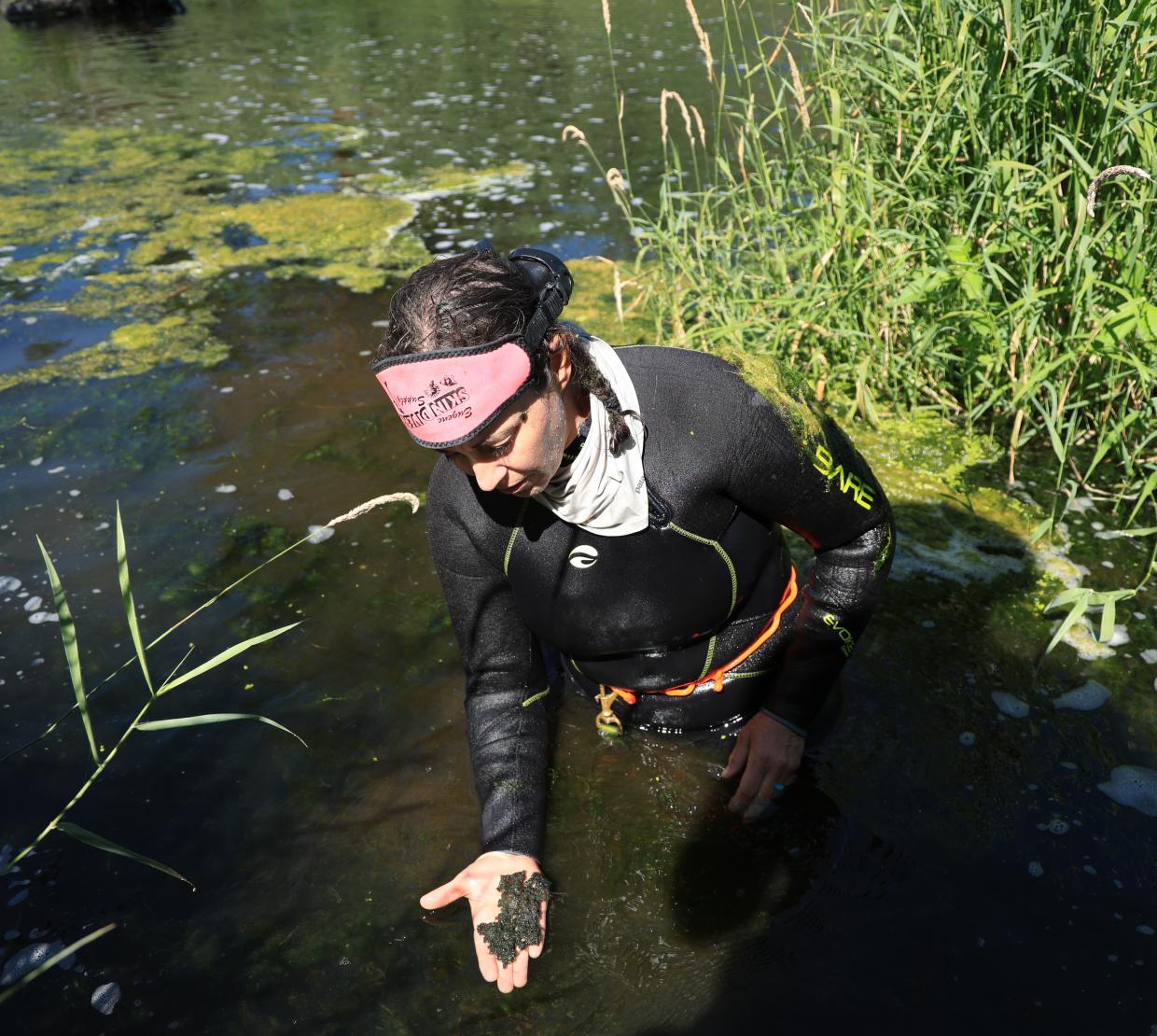The world’s largest dam removal and restoration project currently underway on the Klamath River in Oregon and California will aid salmon populations that have been devastated by disease and other factors. However, it will not fully alleviate challenges faced by the species, a team of researchers conclude in a just-published paper.
In the paper, published in Frontiers in Ecology and Evolution, a team of researchers from Oregon State, Tribes in Oregon and California, and state and federal agencies outlined their predictions for salmon disease risk in the Klamath River following the removal of four hydroelectric dams. They also provide post-dam removal research and monitoring recommendations and insights to aid habitat restoration efforts.
Five faculty members in the Department of Microbiology, Jerri Bartholomew, Julie Alexander, Stephen Atkinson, Rich Holt and Sascha Hallett, focused on how the dam removals could impact pathogen exposure, such as parasites.
“There’s no question in my mind just the removal of these four dams will go a long way to knocking back that current infection zone by shifting things in terms of time and space where the hosts and parasites overlap,” said Alexander, an aquatic ecologist.
Michael Belchik, a fisheries biologist with the Yurok Tribe in California and co-author of the paper, said he thinks there will be noticeable gains for fish shortly after the dams are removed.
“I think you are going to see fish accessing new habitat right away, and that is going to be a cause for celebration,” said Belchik, who has worked for the Tribe since 1995.
One of the four dams was removed earlier this year, and the other three are slated to be taken down in early 2024. Removal of the dams will result in restoration of habitat originally altered more than 100 years ago with construction of the first dam.
Read more here.




